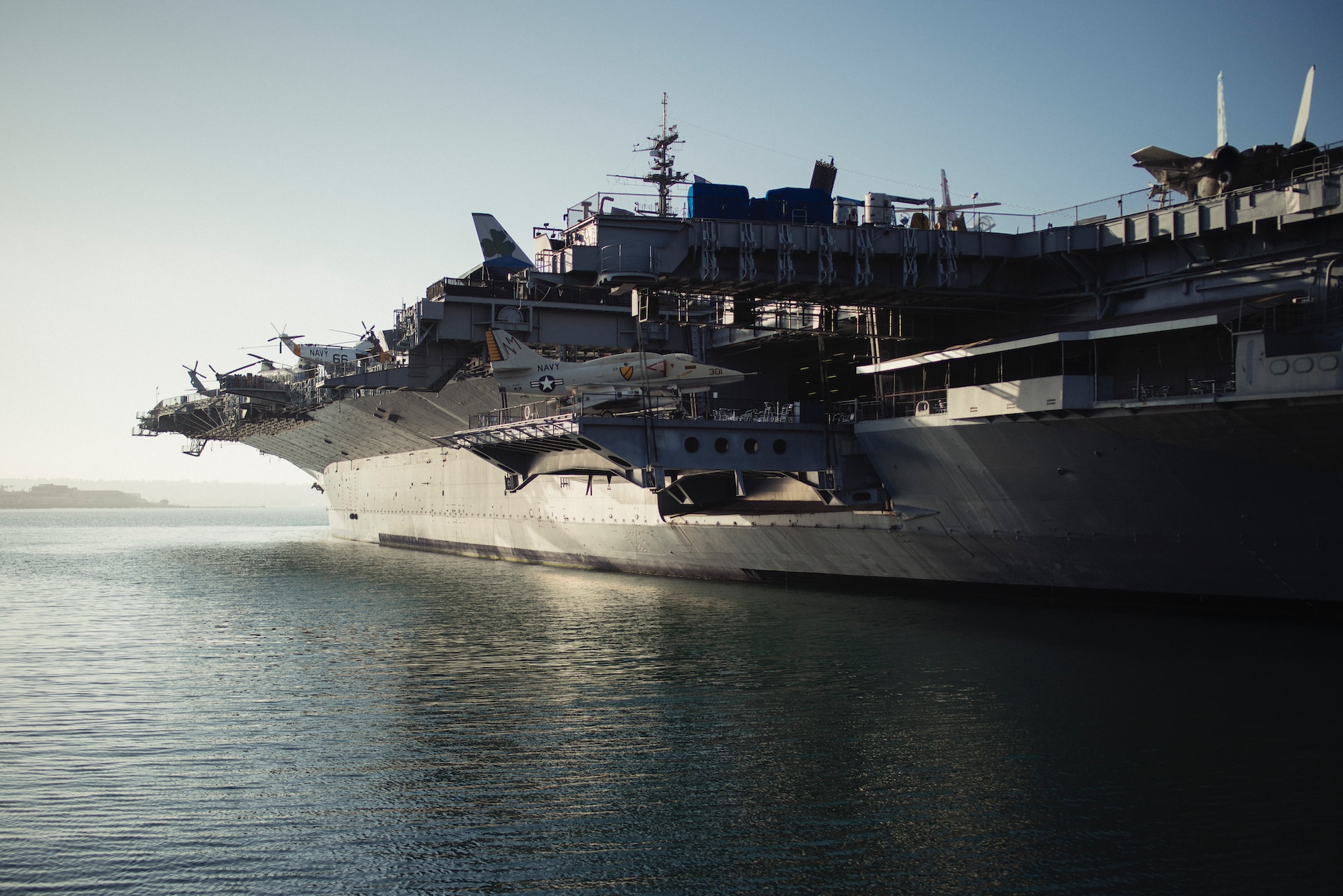Houthi UAV attacks on commercial vessels in the Red Sea have disrupted traffic and caused a number of companies to suspend the transit of their ships through the Suez Canal route. This will add up to two weeks to a ship’s journey between Europe and Asia. Though the US and several partners have been able to deploy naval vessels to counter the Yemeni militants’ armaments, there are limitations and massive costs associated with the most common methods of intercepting cheap drone fleets, which could eventually grow to overwhelming sizes.
Like the Houthis, Lebanese militant group Hezbollah has received material support from Iran in amassing its large cache of drones. Russia is also benefitting from Tehran’s drone capabilities, purchasing and manufacturing Iranian Shahed variant UAVs for use in Ukraine. Even Hamas has been utilizing drones more frequently than in the past in their ongoing war against Israel. Drone warfare is transforming the character of combat in the 21st century and advanced western powers will need to adapt to meet this evolution.
Related ETF: SPDR S&P Aerospace & Defense ETF (XAR)
A wave of unmanned aerial vehicle (UAV) attacks on more than a dozen commercial vessels in the Red Sea by Yemen’s Houthi militants have managed to divert hundreds of ships away from the Suez Canal and toward a long-winded detour around Africa’s southern coast. The canal is the gateway to the Red Sea, one of the most traversed shipping routes in the world. The sea then bottlenecks into the Bab al-Mandab Strait, a sea lane as narrow as 26km in some portions, sandwiched between Eritrea and Djibouti on the west and Yemen on the East. Ships avoiding the Red Sea and its precarious strait will add about 6,000 nautical miles and 10-14 days to their transit time between Europe and Africa. Amid risks to their crewmen and spiking insurance rates, Maersk , Hapag Lloyd, Mediterranean Shipping Company (MSC), CMA CGM, Evergreen, and BP are among the firms that have announced that they will be pausing their ships’ journeys in the Red Sea.
In response to the Houthi attacks, the US is leading a multinational coalition meant to defend civilian vessels moving through the Red Sea. Per US Secretary of Defense Lloyd Austin, Operation Prosperity Guardian will be undertaken in partnership with the UK, Bahrain, Canada, France, Italy, the Netherlands, Norway, Seychelles, and Spain. The most common weapon of choice for the Houthis is the increasingly popular kamikaze-style drone. These UAVs carry a payload of explosives and are meant to crash directly into their target.
As of December 19, US Navy destroyers have shot down 38 drones and multiple missiles in the Red Sea over the past two months. However, 14 of those drone downings occurred last Saturday. That indicates that the Houthis are scaling up their attacks and, moreover, they could eventually use coordinated swarms of drones to try and overwhelm the resources of more advanced military powers. A US destroyer will only be able to fire…
To read the complete Intelligence Briefing, current All-Access clients, SIGN IN All-Access clients receive the full-spectrum of MRP’s research, including daily investment insights and unlimited use of our online research archive. For a free trial of MRP’s All-Access membership, or to save 50% on your first year by signing up now, CLICK HERE










